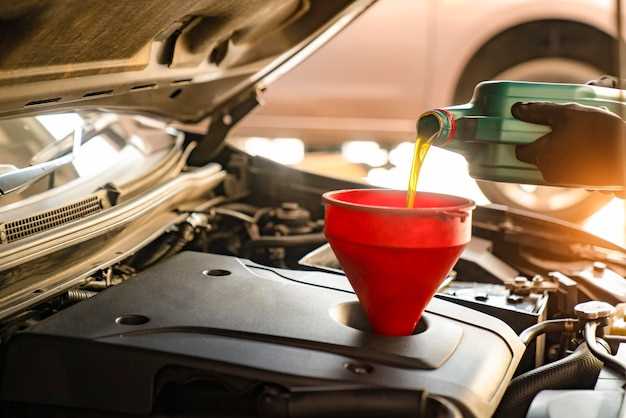
Ensuring the safety and reliability of your vehicle is paramount, and one of the critical aspects of vehicle maintenance is monitoring the brake system. A vital component of this system is the brake fluid, which must be kept at the correct level to ensure optimal performance. Identifying signs of brake fluid leaks is essential for preventing potential accidents and costly repairs.
Leaks in brake fluid can result from various factors, including worn seals, damaged lines, or corrosion. Recognizing the early signs of these leaks can help you address issues before they escalate. Common indicators include a noticeable drop in brake fluid levels, a spongy or unresponsive brake pedal, and fluid stains on the ground where your vehicle is parked.
In this article, we will delve into the specifics of identifying brake fluid leaks. By understanding how to detect these signs, you can ensure that your vehicle remains safe and functional on the road. Regular inspections and maintenance will not only enhance vehicle performance but also extend its lifespan.
Understanding Common Symptoms of Brake Fluid Leaks
Detecting brake fluid leaks is crucial for vehicle safety. One of the primary signs to look for is a decrease in brake responsiveness. If the brakes feel spongy or unresponsive, it may indicate that the fluid level is insufficient due to a leak.
Another common symptom is the presence of fluid spots under the vehicle. Brake fluid typically has a clear to yellowish color. If you notice any fluid pooling beneath your car, inspect it closely to determine if it is brake fluid.
The warning light on the dashboard may also illuminate when brake fluid levels drop. Most modern vehicles have a sensor that triggers a warning when fluid levels are low, signaling a potential leak that requires immediate attention.
Noises during braking can also be a sign of fluid issues. If you hear unusual sounds, such as grinding or squeaking, it may indicate that the brake pads are not receiving sufficient fluid pressure, leading to possible brake failure.
Lastly, a noticeable change in the feel of the brake pedal can indicate a brake fluid leak. If the pedal sinks to the floor with little resistance, it’s crucial to investigate further, as this can lead to a dangerous driving situation.
Inspecting Your Vehicle for Visual Signs of Brake Fluid Leakage

When examining your vehicle for brake fluid leaks, it is crucial to identify specific signs that indicate a potential problem. Start by looking for fluid spots under the car, especially beneath the master cylinder, brake lines, and wheel wells. Fresh leaks may appear as clear, golden, or light brown puddles on the ground.
Next, check the brake components themselves for any visual signs of leakage. Inspect the brake lines for wetness or discoloration, which can reveal fluid accumulation. Pay close attention to the connections where the lines meet the brake calipers and the master cylinder, as these areas are common leak sources.
Also, look for any signs of corrosion or deterioration on metal parts, as these can sometimes indicate fluid leaks. A thin film of moisture around the brake components can also point to a slow leak that may not yet be evident on the ground.
Moreover, examine the brake fluid reservoir. If the fluid level is lower than recommended, it might suggest a leak somewhere in the system. Consistently low fluid levels should prompt further investigation.
Identifying these signs early can prevent more serious brake system failures, ensuring safer driving conditions. Regular inspections are key to maintaining the integrity of your vehicle’s braking system.
Taking Action: Steps to Address Brake Fluid Leak Issues

Identifying signs of a brake fluid leak is crucial for vehicle safety. If you notice a low brake fluid level or find fluid spots underneath your vehicle, it’s time to take action. Start by locating the source of the leak. Check brake lines, calipers, and the master cylinder for any visible signs of fluid seeping out.
Once the source is identified, clean the affected area to evaluate the leak more accurately. This will help determine if the leak is a minor issue or requires immediate professional attention. If the leak appears significant, refrain from driving the vehicle, as this poses a serious risk to your safety and the safety of others on the road.
If you are comfortable with basic vehicle maintenance, you can attempt to fix minor leaks by replacing damaged brake lines or seals. However, for severe leaks or if you’re unsure about the repair process, it is essential to contact a qualified mechanic. They have the expertise to handle brake system repairs safely and effectively.
After addressing the leak, always check the brake fluid level again. Ensure it is at the recommended level before driving. Regular inspections of your brake system can prevent future issues and ensure that your vehicle remains safe for operation.




